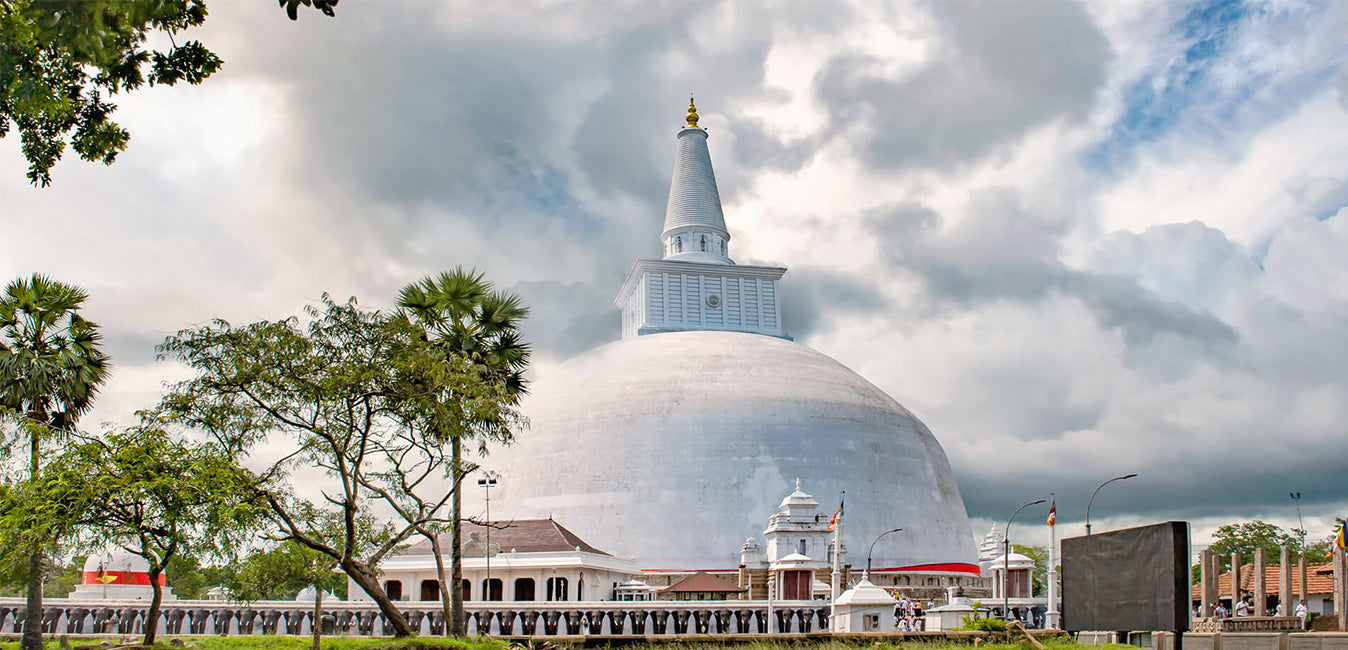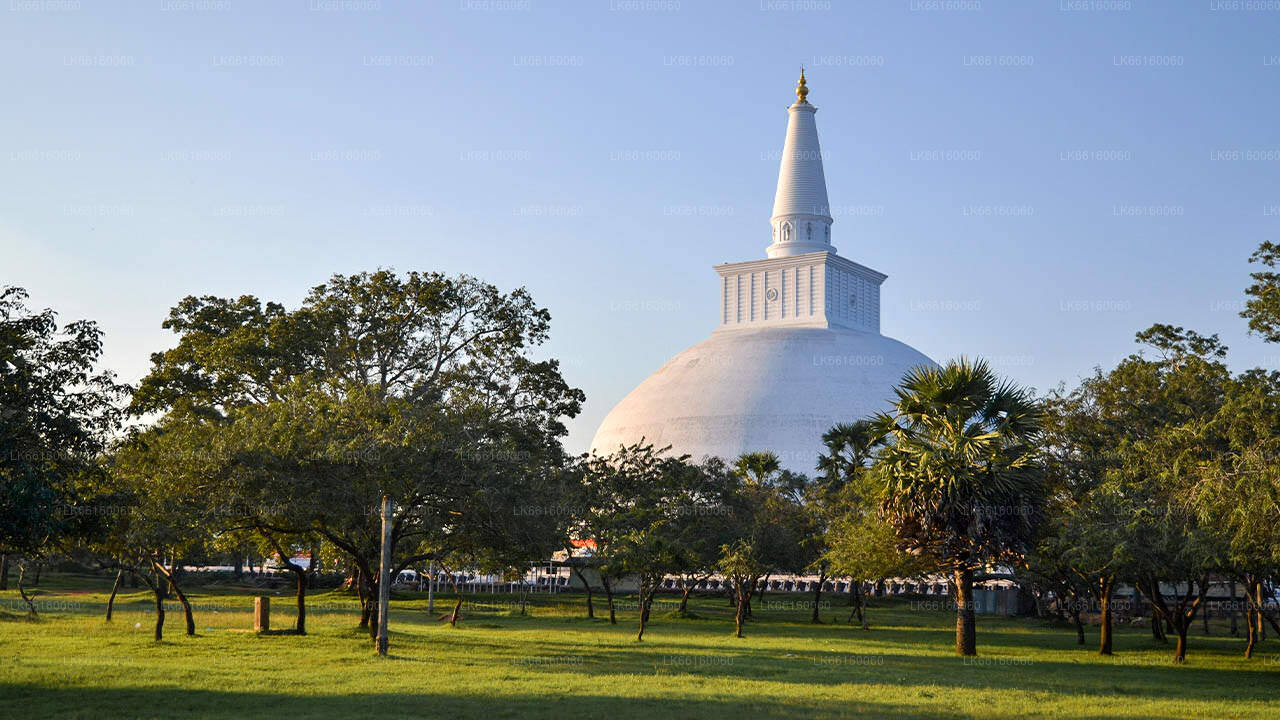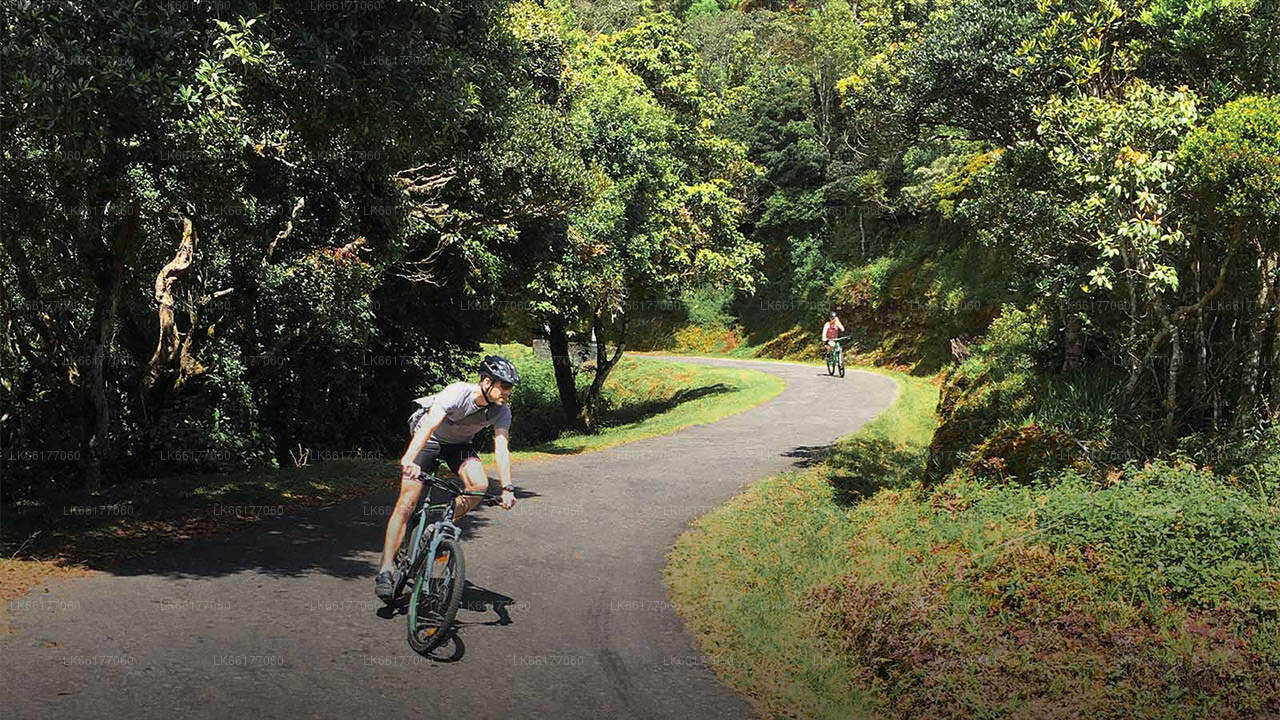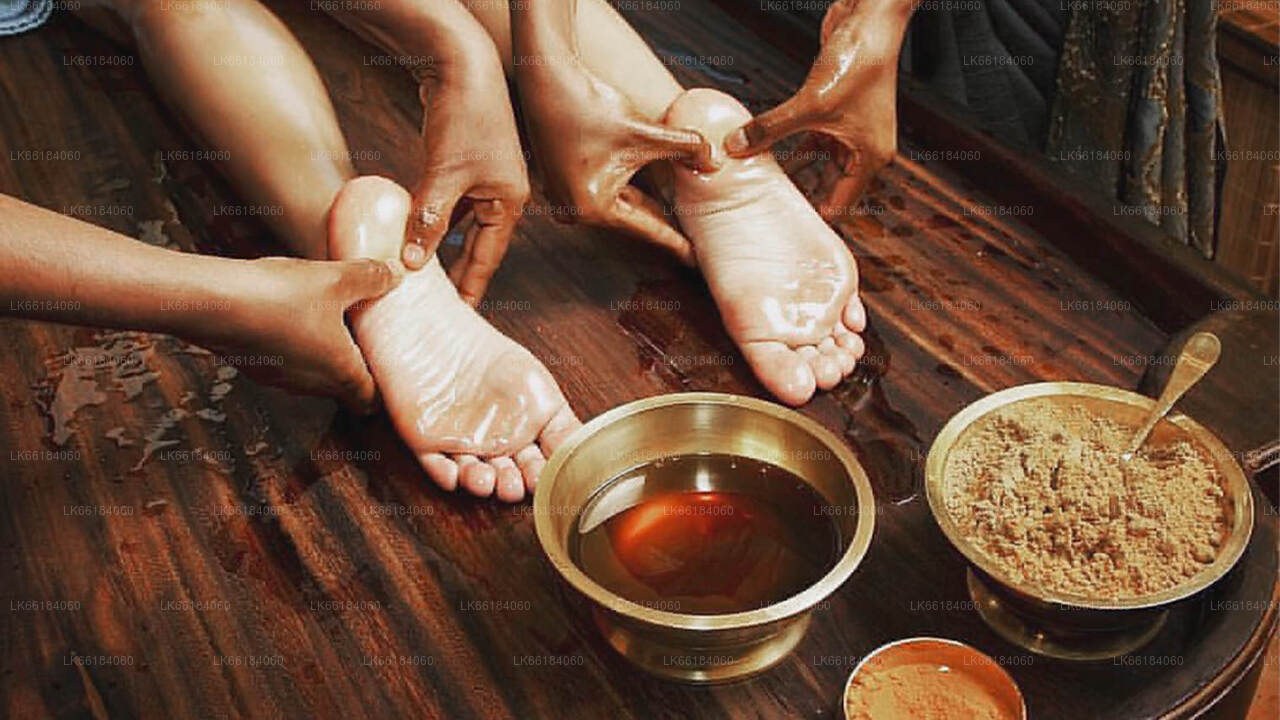
Ciudad de Anuradhapura
Anuradhapura pertenece a la Provincia Central del Norte de Sri Lanka. Anuradhapura es una de las antiguas capitales de Sri Lanka, famosa por sus ruinas bien conservadas de la antigua civilización de Sri Lanka. La ciudad, declarada Patrimonio de la Humanidad por la UNESCO, se encuentra a 205 km al norte de la actual capital, Colombo, en Sri Lanka.
Ritigala Archaeological complex
This site is the monastic complex on the lower slopes of Ritigala-kande – the Ritigala Mountain – situated in Sri Lanka’s North Central Province, 25 miles (40 kilometers) southeast of Anuradhapura. These ruins are some of the most distinctive the island has to offer. The Buddhist dagobas (domed relic chambers) and statuary of Anuradhapura and elsewhere are conspicuous by their absence.
The Archeological Site of Ritigala is situated at the eastern slopes of the Ritigala mountain range, the car park and entrance of the excavation site is 20 km to the northwest of Habarana by road. It can be reached from a turn-off at the Habarana-Anuradhapura Road (A11) at a distance of 12 km from Habarana. An 8.5 km along a graveled road leads to the car park of Ritigala at the foot of the mountain range. The distance from Anuradhapura New Town is 55 km, from Polonnaruwa Archeological Site 63 km, from Kandy 113 km, and from Trincomalee 105 km.
Attraction of Ritigala archaeological complex
The reservoir: the perimeter of this huge polygonal reservoir measures 366 meters. it is said to have been dug during the reign of King Pandukabhaya (437-367 BC). Because of its location even before the entrance to the monastery, its use would have been to allow pilgrims and visitors to perform a ritual bath before entering the premises. The reservoir is crossed by a river which supplied it with water. Visitors would walk along it clockwise and reach the other side of the river.
The hospital: among the remains still visible are those of an ancient hospital and facilities for making herbal medicines, a field in which the monks particularly excelled. We can still see a bathtub used for Ayurvedic baths, as well as stones used to reduce roots and herbs to powder.
The double platforms: about fifty terraces are visible in Ritigala. On each of them, a double platform was built. They were probably surmounted by buildings housing meditation cells and other spaces devoted to common rites and teachings. Each of these platforms is oriented east-west and a stone bridge connects each pair. These platforms are typical of forest hermitages like that of Ritigala.
The traffic circles: the paved path is crossed by traffic circles visible at each intersection. These are large slabs forming a circle from which two or more paths start.
Acerca del distrito de Anuradhapura
Anuradhapura pertenece a la Provincia Central del Norte de Sri Lanka. Anuradhapura es una de las antiguas capitales de Sri Lanka, famosa por sus ruinas bien conservadas de la antigua civilización de Sri Lanka. La ciudad, declarada Patrimonio de la Humanidad por la UNESCO, se encuentra a 205 km al norte de la actual capital, Colombo, en Sri Lanka. En la ciudad sagrada de Anuradhapura y sus alrededores se encuentran numerosas ruinas. Estas consisten en tres tipos de edificios: dagobas, edificios monásticos y pokuna (estanques). La ciudad contaba con algunos de los sistemas de riego más complejos del mundo antiguo. Ubicada en la zona árida del país, la administración construyó numerosos tanques para regar la tierra. La mayoría de la población civil es cingalesa, mientras que en el distrito viven tamiles y moros de Sri Lanka.
Acerca de la Provincia Central del Norte
La Provincia Central del Norte, que es la provincia más grande del país, cubre el 16% de la superficie total del país. La Provincia Central del Norte consta de dos distritos llamados Polonnaruwa y Anuradhapure. Anuradhapura es el distrito más grande de Sri Lanka. Su área es de 7.128 km². La Provincia Central del Norte tiene numerosos potenciales para que los inversores inicien sus negocios, especialmente la agricultura, las industrias basadas en la agricultura y los sectores ganaderos. Más del 65% de la gente de la Provincia Central del Norte depende de la agricultura básica y las industrias basadas en la agricultura. NCP también se llama "Wew Bendi Rajje" porque hay más de 3.000 tanques de escala mediana y grande situados en la provincia. Sri maha bodiya, Ruwanweli seya, Thuparama dageba, Abayagiri Monastry, Polonnaruwa Rankot wehera, Lankathilake están asustados

















